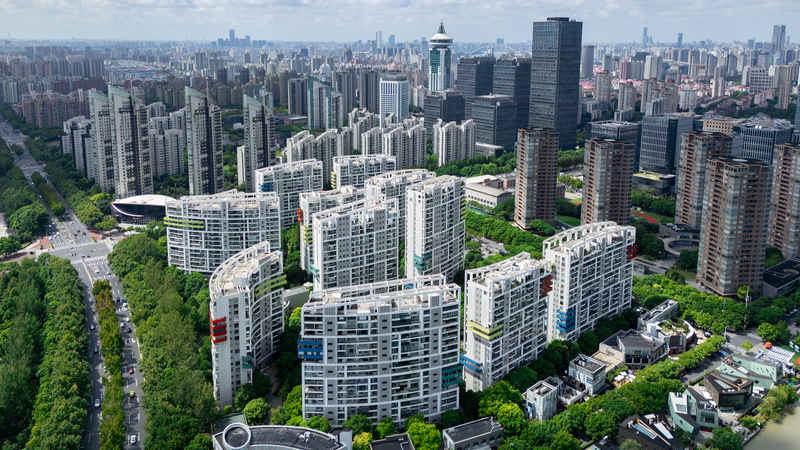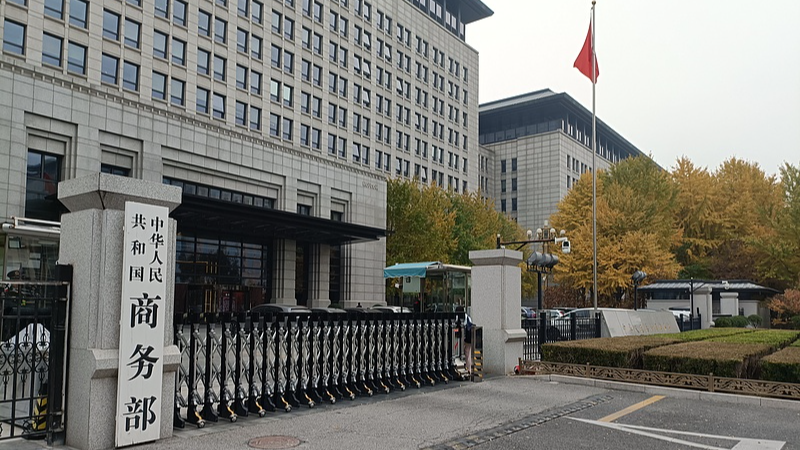🏙️ Imagine your city like a giant puzzle, with every street and building a piece that needs to fit just right.
In the Chinese mainland, megacities are swapping the “build fast, build big” mindset for a delicate, needlework-style urban renewal. Instead of erasing whole neighborhoods, they’re giving them a glow-up from the ground up – small fixes that remix the urban vibe without losing its soul.
Here’s the new playbook:
- 🛠️ From wholesale demolition to micro-renewal: refreshing facades, separating rainwater and sewage, adding elevators and ramps, and closing gaps in walking and cycling routes.
- 🗒️ From top-down plans to resident-driven solutions: city halls collect “problem lists” from locals, then link diagnosis, design and long-term maintenance into one smooth cycle.
- 📏 From one-off builds to rule-based practice: urban renewal ordinances, design guides and performance metrics keep quality high and avoid “facade-only” makeovers.
Take Beijing’s hutongs (back streets and courtyards): they’re getting micro-upgrades like tidy wiring, clear sidewalks and pocket parks that make daily life safer and more chill. It’s like upgrading from standard def to HD – you still recognize the show, but everything looks sharper 😉
Over in Shanghai, the focus is on lilongs (lane-house neighborhoods) with a “repair, retain, reuse” mindset. Wider old-lilong areas get structural fixes first, while historic districts see careful facade repairs, roof improvements and friendlier street corners with seating and micro-gardens. Small shops stay put, so the neighborhood vibe stays real.
This shift is more than a makeover – it’s a people-first remix that keeps urban memory alive while leveling up everyday life. Whether you live there or plan to visit, get ready to explore Chinese mainland megacities in a whole new light!
Reference(s):
cgtn.com




